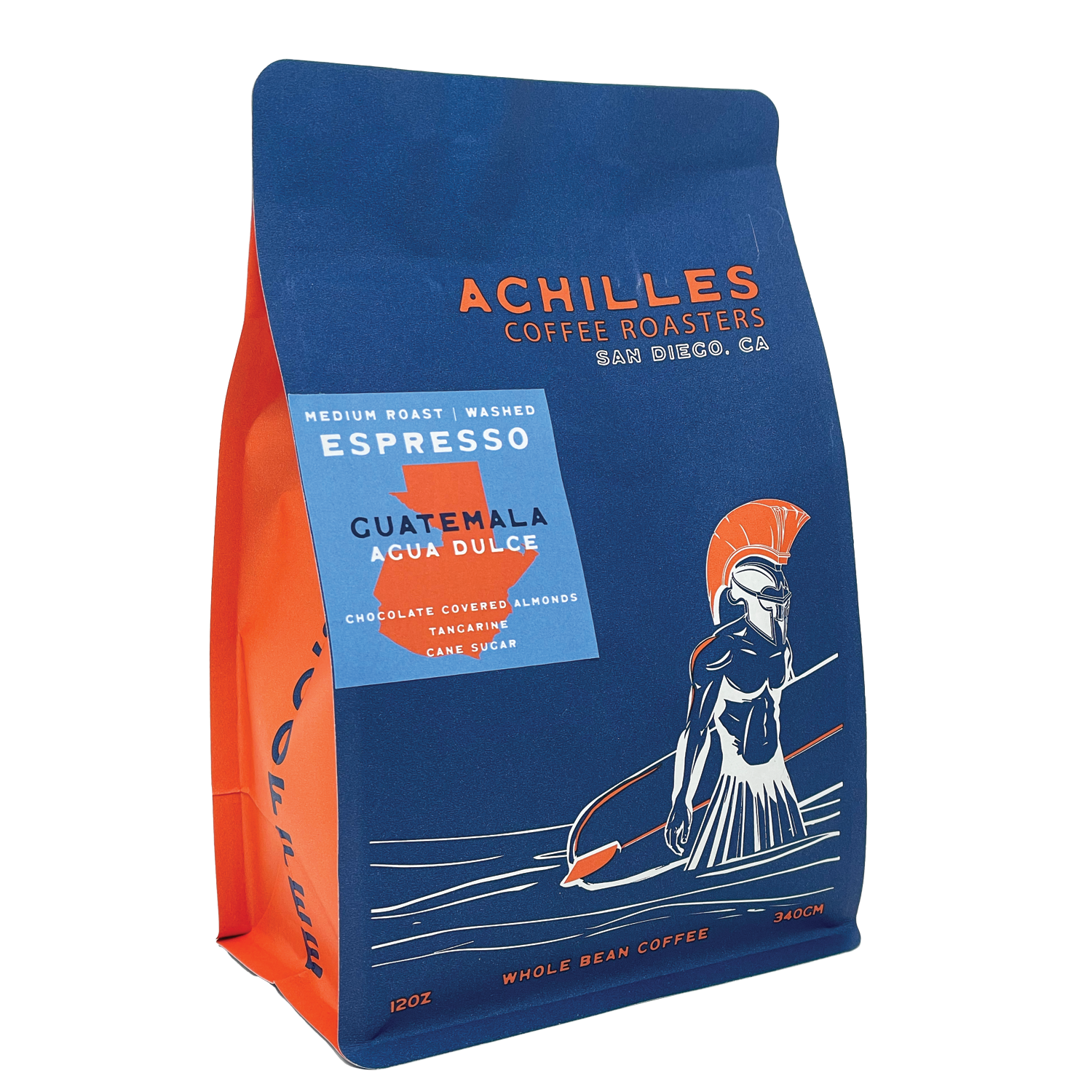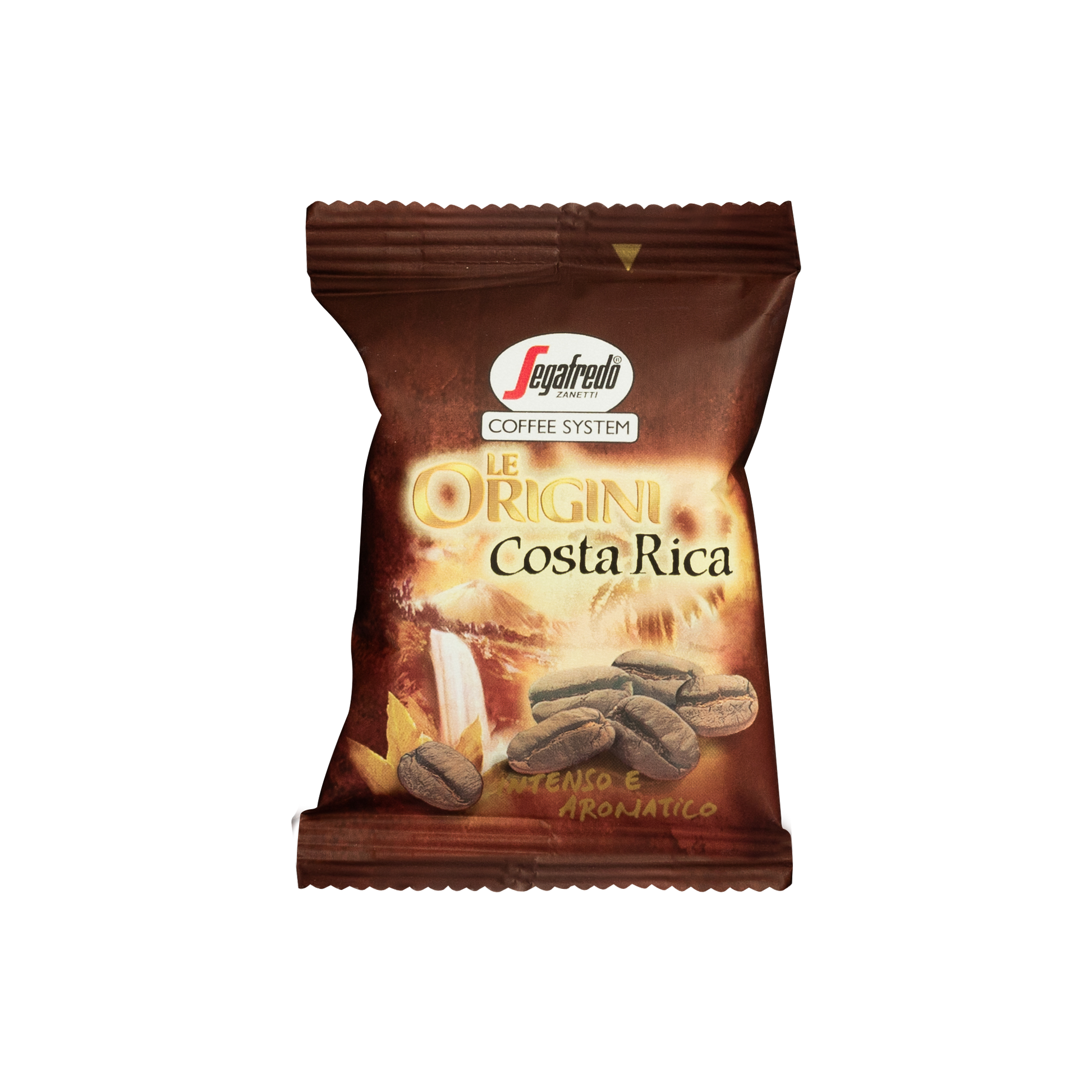How to Store SOE Single Origin Espresso for Optimal Freshness
Discovering the Abundant Tastes of Coffee Beans: a Deep Study Coffee and Blended Coffee Beans
When you check out the abundant tastes of coffee beans, you discover an intricate globe where each range brings its own character to your mug. Recognizing the beginnings, processing methods, and toasting methods can transform your coffee experience. As you browse via the art of espresso and the creativity behind combined coffees, you'll start to appreciate the nuances that make each sip special. What you'll find next may alter the way you appreciate your morning mixture.
The Origins of Coffee Beans: Discovering Terroir and Flavor Profiles
When you take a sip of coffee, you're not simply delighting in a beverage; you're experiencing a rich tapestry of tastes shaped by the beans' beginnings. Each region generates distinct taste profiles affected by dirt, climate, and elevation. For instance, beans from Ethiopia often break with bright, fruity notes, while those from Colombia often tend to use a balanced, nutty sweetness.
As you check out various origins, you'll observe just how terroir-- the environmental aspects influencing a crop-- plays an important function - Single Origin Espresso. The very same coffee variety can taste substantially different depending upon where it's expanded
When you consider these aspects, you start to value the complexity behind your cup. Each sip narrates of the land and the farmers who nurtured the beans. So, following time you delight, consider the journey your coffee took prior to it reached your hands, and appreciate those intricate flavors that show its beginning.
Recognizing Coffee: The Art and Scientific Research Behind the Mixture
When you think about espresso, it's not nearly the strong flavor; it's also about the strategies that bring it to life. Recognizing just how various prep work methods impact taste can transform your brewing experience. Let's explore the ins and outs of coffee prep work and discover the one-of-a-kind taste accounts that make each mug unique.
Coffee Prep Work Techniques
Espresso prep work is both a science and an art, combining accurate methods with a deep understanding of coffee. To begin, you'll want to choose high-quality, fresh roasted beans and grind them finely for suitable removal (Single Origin Espresso). The work size is vital; also rugged, and your espresso will certainly be weak, as well fine, and it'll be bitter
The result should be an abundant, creamy coffee with a gorgeous layer of crema on top. With practice, you'll understand these techniques.
Taste Profiles Explained
The globe of coffee supplies a rich tapestry of flavor profiles that can raise your coffee experience. Light roasts often showcase brilliant level of acidity and dynamic tastes, while dark roasts present much deeper, bolder tones.
Comprehending these profiles helps you select the right espresso for your taste buds. Trying out various blends can disclose unexpected combinations. A well-crafted blend may balance the bright notes of an Ethiopian bean with the rich, chocolatey undertones of a Brazilian bean. Embrace the journey of discovering espresso's diverse flavors, and you'll transform your coffee routine right into an exciting adventure.
Handling Approaches: How They Influence Taste and Aroma
While it could appear that the origin of coffee beans is the most considerable aspect in establishing their taste and aroma, the processing methods used post-harvest play a just as essential function. You'll find that these approaches can drastically modify the last taste profile of your cup.
For example, the washed process gets rid of the fruit from the beans prior to fermentation, often bring about a cleaner, brighter taste. At the same time, the all-natural procedure leaves the fruit intact during drying out, leading to a sweeter, fruitier profile.
Various other methods, like honey processing, strike an equilibrium, enabling some fruit mucilage to continue to be, supplying a distinct intricacy.
Each processing technique connects with the beans' intrinsic qualities, boosting or muting details flavors and fragrances. So, when you sip that coffee or mixed coffee, keep in mind that the trip from cherry to cup is affected not just by beginning but additionally by exactly how those beans were refined.
Toasting Techniques: Opening the Complete Prospective of Coffee Beans
Roasting methods are crucial for revealing the full potential of coffee beans, as they transform raw, eco-friendly beans right into the aromatic, tasty coffee you delight in. The option of toasting approach-- light, tool, or dark-- substantially affects flavor profiles.
You can explore toasting temperature levels and times to locate your excellent mixture. A slower roast at lower temperatures permits complicated tastes to create, while a quicker roast can magnify resentment. Take notice of the cracks throughout toasting; the initial crack indicates a light roast, while the 2nd crack signals a dark roast. By mastering these techniques, you'll expose a world of flavor, elevating your coffee experience to new elevations. Delight in every sip, knowing the treatment that entered into your cup!
The Magic of Blended Coffee: Producing Distinct Flavor Experiences
Developing a special flavor experience with combined coffee can change your early morning ritual right into an expedition of taste. By combining various beans from various areas, you can reveal a harmony of flavors that boost your cup his explanation to brand-new heights. Each mix offers a distinct account, balancing sweetness, level of acidity, and body to produce something truly special.
When you select a blend, you're not simply choosing a coffee; you're choosing a journey throughout varied landscapes and cultures. Try out various combinations permits you to find your personal faves, whether you enjoy fruity notes or abundant, chocolatey touches.

Sampling Notes: Recognizing the Nuances in Your Mug
As you sip your coffee, you may notice a spectrum of tastes dancing on your palate, each disclosing the ins and outs of the beans. You may taste the intense acidity evocative citrus or the deep, abundant notes akin to dark delicious chocolate. The sweetness could stimulate honey or caramel, stabilizing the overall profile perfectly.
Focus on the body of the coffee-- does it really feel light and ventilated, or is it full and velvety? The coating, too, provides hints; a lingering aftertaste may hint at nuttiness or flower touches.

Do not neglect to discover the unique characteristics of different beginnings, as each area presents distinctive tastes - Single Origin Espresso. Ethiopian coffees commonly existing fruity notes, while Colombian beans could display an extra rounded sweetness. By recognizing these nuances, you'll strengthen your gratitude for every cup, boosting your coffee experience to brand-new heights

Brewing Methods: Making The Most Of Flavor Removal for each Bean
When you explore the numerous developing techniques, you'll discover that each technique can significantly influence the taste profile of your coffee. From French press to pour-over, each approach removes click this link different compounds, boosting or muting specific notes. Making use of a French press permits oils to remain in the mixture, producing a richer taste, while pour-over stresses clearness and brightness.
Temperature level and grind size also play important roles. A coarser grind functions best for chilly brews, while a great grind is ideal for coffee. Explore water temperature-- in between 195 ° F and 205 ° F-- can disclose concealed flavors, too.
Don't fail to remember concerning steeping time; a quick removal can cause sour notes, while over-extraction may produce anger. By adjusting these variables, you can take full advantage of taste removal and really raise your coffee experience. Appreciate the journey of finding what approach ideal suits your taste buds!
Often Asked Inquiries
What Is the Ideal Water Temperature for Brewing Coffee?
The suitable water temperature level for brewing coffee's between 195 ° F and 205 ° F. If you utilize water that's as well warm, you'll over-extract tastes; also cold, and you won't extract enough. Goal for that pleasant place for the best brew!
How Does Grind Size Impact Coffee Flavor?
Work dimension substantially influences coffee taste. Better grinds extract more flavors and oils, resulting in a bolder taste, while coarser grinds yield a lighter flavor. Changing work dimension aids you achieve your desired coffee profile.
Are There Health And Wellness Benefits Related To Alcohol Consumption Coffee?

What Is the Difference Between Arabica and Robusta Beans?
Arabica beans are smoother and sweeter, typically featuring fruity flavors, while robusta beans are stronger with a bitter taste and higher caffeine content. You'll discover these differences in scent and brewing experience.
Just How Can I Shop Coffee Beans for Freshness?
To save coffee beans for quality, keep them in an airtight container, far from heat, dampness, and light. You'll preserve their flavor much longer if you only grind what you require right prior to brewing.
Checking Out the Rich Tastes of Coffee Beans: a Deep Dive Into Coffee and Blended Coffee Beans.
When you explore the abundant tastes of coffee beans, you uncover an intricate world where each variety brings its very own character to your cup.When you take a sip of coffee, you're not simply appreciating a drink; you're experiencing a rich tapestry of tastes shaped by the beans' origins.Roasting methods are necessary for exposing the full possibility of coffee beans, as they change raw, eco-friendly beans into the aromatic, savory coffee you take pleasure in.As you try this out sip your coffee, you might see a range of flavors dancing on your palate, each exposing the ins and outs of the beans.